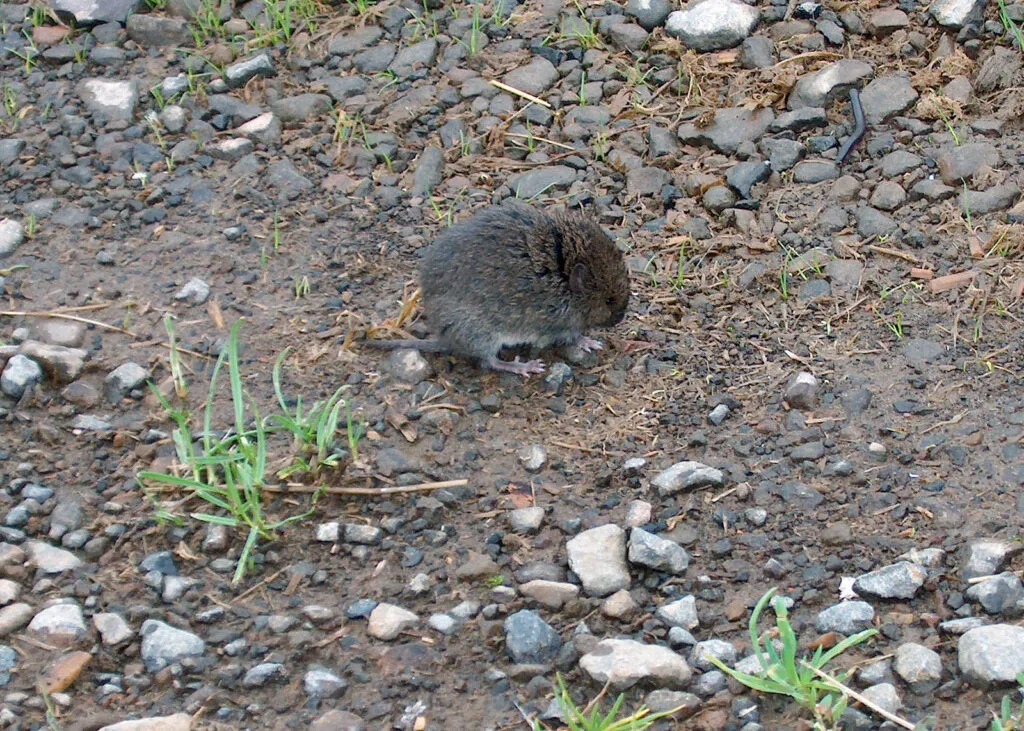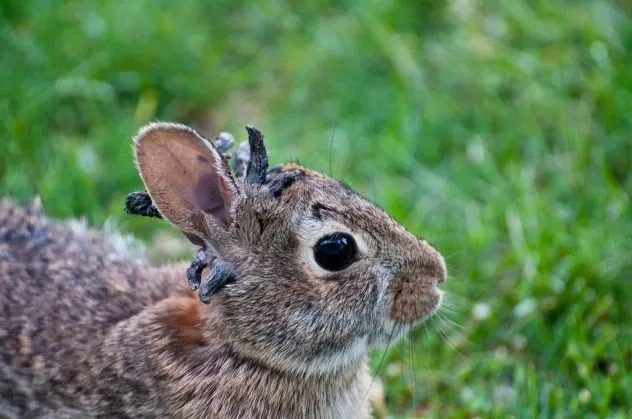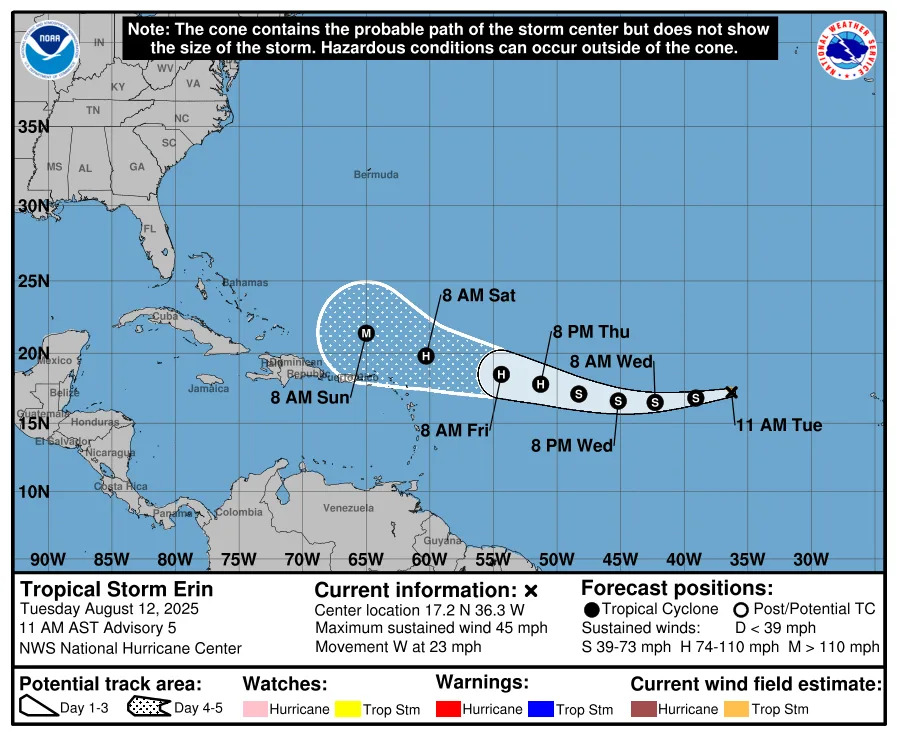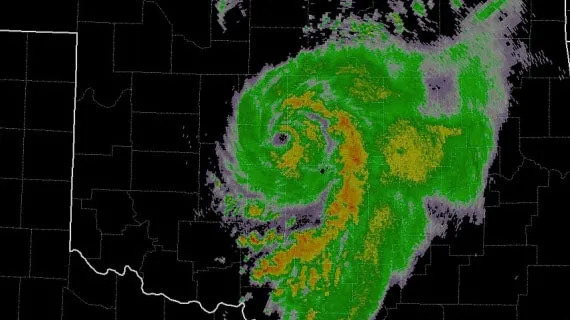
A western Red-backed Vole found on the Oregon coast in December 2005. A forest dweller, the Western Red-backed Vole lives along the coast and at lower elevations in Douglas-fir, western hemlock, and Sitka spruce forests. (Oregon Department of Fish and Wildlife/Flickr)
Conservation groups are again going to court as part of a nearly two-decade-long fight to protect a small forest-dwelling rodent native to the Oregon Coast.
The Center For Biological Diversity, Cascadia Wildlands, Oregon Wild and the Bird Alliance Of Oregon sued the U.S. Fish and Wildlife Service on July 17 in U.S. District Court in Portland over the agency’s decision not to provide the north Oregon Coast red tree vole federal Endangered Species Act protections. The suit names the agency’s director, Paul Souza, and Doug Burgum, head of the U.S. Department of the Interior, as defendants.
The suit is the latest in an ongoing effort since 2007 to protect red tree voles, which live in the canopy of old growth conifer forests and feed on the needles of Douglas fir, Sitka spruce and western hemlock trees.
The small, mouse-sized animals with reddish-brown fur traditionally lived in forests along the coasts of Northern California and all along the Oregon Coast. But they’ve seen their habitat reduced by roughly 65% since 1986 due to logging and wildfires in the forests they depend on, according to a 2023 study from the U.S. Forest Service’s Pacific Northwest Research Station, which Trump officials announced they will close. The protections conservationists seek are for a distinct population of red tree vole that now only lives in northwestern Oregon.
“Red tree voles have graced Oregon’s coastal old-growth forests for thousands of years, but we could lose them forever if they don’t get Endangered Species Act protections soon,” said Ryan Shannon, attorney for the Center for Biological Diversity, in a statement.
The group in 2007 petitioned Fish and Wildlife to add the vole to its Threatened and Endangered Species List, which would have applied a number of protective measures meant to preserve the voles’ habitat, likely including logging restrictions in old growth areas along the northern Oregon Coast. Four years later, agency officials agreed that protecting the voles was “warranted” but ruled that other species had higher priority for listing.
For about a decade between 2011 and 2019, Fish and Wildlife continued to consider adding the red tree vole to the Threatened and Endangered Species List, insisting on five separate occasions that listing it was “warranted” but precluded by higher priority species that needed more urgent protection. But in 2019, the agency officially reversed course and denied listing it. The Center for Biological Diversity sued, and Fish and Wildlife officials agreed in a settlement to reconsider listing the vole.
But in February of 2024, Fish and Wildlife officials again determined the Oregon Coast red tree vole did not warrant listing as an endangered or threatened species, in part because the species is considered adept at moving to find new habitat when it loses its current habitat.
The lawsuit against the agency argues the decision deprives the population of coastal voles of “critical protections necessary to ensure its continued survival and recovery, fails to follow the best available science, and is arbitrary and capricious.”
The decline in red tree voles has cascading effects. The voles are prey for northern spotted owls, who are federally listed as threatened and also rely on old-growth forests for their survival.
“Red tree voles are an important indicator species of forest health,” said Bethany Cotton, conservation director for Cascadia Wildlands, in a statement. “Their decline should be a wake-up call to us all to better care for our remaining mature and old-growth forests.”
SUBSCRIBE: GET THE MORNING HEADLINES DELIVERED TO YOUR INBOX








Comments